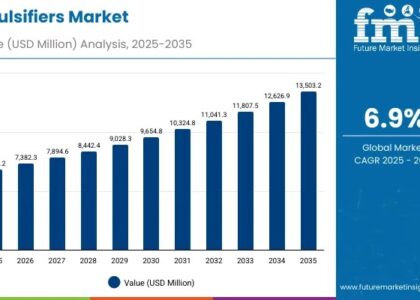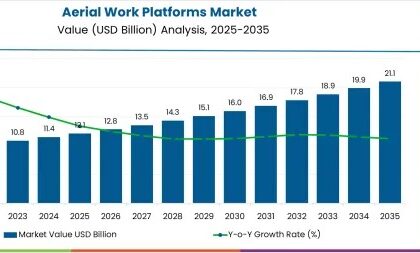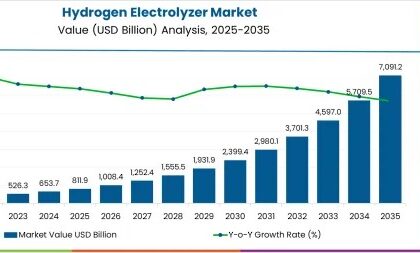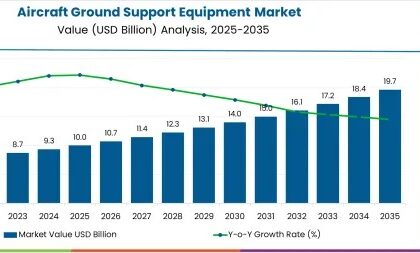During the forecast period, the paediatric spasticity treatment market is expected to grow at a CAGR of 10%. Rising demand for combination products such as benzodiazepines, imidazole, and gamma-aminobutyric acid analogues is driving the global paediatric spasticity treatment market. Furthermore, demand for paediatric spasticity treatment is increasing as a result of increased awareness and investment in research and development.
For In-depth insights, Download Sample Copy@ https://www.futuremarketinsights.com/reports/sample/rep-gb-9408
Paediatric Spasticity Treatment: Market Insights
Paediatric Spasticity results due to damage of portion of brain or spinal cord which controls the voluntary movement. When paediatric spasticity occurs due to injury or disease, nerve signals do not reach muscles and continuously contract which causes stiffness and tightness which interfere with movement and speech. Several drugs are available to treat the Paediatric Spasticity, drugs are injected into the affected nerve or the muscle. Physical therapy used to increase strength, improve muscle mobility and muscle coordination, use of braces, and electrical stimulation. Oral medication for treatment of paediatric spasticity is considered when spasticity symptoms gets adverse and start affecting daily muscle functioning. According to estimates from CDC’s Autism and Developmental Disabilities Monitoring (ADDM) Network, about 1 in 323 children has been identified with Cerebral Palsy and most (77.4%) of the children identified with CP had spastic CP.
Paediatric Spasticity Treatment: Market Dynamics
Increasing awareness, growing research and development for drug development drive the market of paediatric spasticity treatment in the near future. Changing lifestyle, developing new and innovative technology, improving healthcare infrastructure is expected to fuel the paediatric spasticity treatment market in the forecast period. Launch of novel therapeutics and growing per capita income in the emerging economies such as China, Brazil is further drive the paediatric spasticity treatment market.
Despite many factors which drive the global market for paediatric spasticity treatment, various factor which might hinder the growth of paediatric spasticity treatment market include high cost of treatment and low awareness in under developed and developing countries and rigorous regulations for the approval of drug.
Get a Discount@ https://www.futuremarketinsights.com/request-discount/rep-gb-9408
Paediatric Spasticity Treatment: Overview
Advancement and development of new therapeutic treatment and growing clinical trials for the paediatric spasticity treatment creates huge opportunity for the paediatric spasticity treatment market to grow in the forecast period. Collaboration and partnership among major players for developing new drugs, increasing funding for the research will drive the market of paediatric spasticity treatment in near future. For instance, in august 2016, FDA Approved Ipsen’s Dysport (abobotulinumtoxina) injection for the treatment of lower limb spasticity in children aged two and older.
Paediatric Spasticity Treatment: Region-wise Outlook
The North America is expected to contribute to a major share in the global paediatric spasticity treatment, owing to increasing population, increasing number of screening procedures, presence of major manufacturers and growing clinical trials. Well-developed healthcare facilities and government funding for drug development further drive the market for paediatric spasticity treatment. Europe contributes for the second largest share with significant growth in the global paediatric spasticity treatment market owing to technological advancement in the treatment coupled with growing adoption of new treatment. Asia Pacific market is primarily driven by the factors such as growing prevalence, increasing population, growing awareness of new treatment options. China is expected to register rapid growth in the paediatric spasticity treatment market, due to large patient pool, availability of new drugs for the paediatric spasticity treatment. Latin America and Middle East & Africa are projected to show sluggish growth in paediatric spasticity treatment market, due to less awareness, lack of adequate healthcare facilities and less developed infrastructure.
Pediatric Spasticity Treatment: Key Players
Some of the key players present in the global pediatric spasticity treatment market are Allergan plc, Ipsen Biopharmaceuticals, Inc., Almirall, S.A, Piramal Critical Care, Inc., Genentech, Inc, Sanofi, Saol Therapeutics, US WorldMeds, LLC among others.
Buy Complete Report@ https://www.futuremarketinsights.com/checkout/9408
Pediatric Spasticity Treatment: Segmentation
The global Pediatric Spasticity Treatment market is segmented on basis of drug type, distribution channel and geography.
Segmentation by Drug Type
- Baclofen or Muscle Relaxants
- Botox
- Intrathecal Baclofen
- Clonazepam
- Diazepam
- Tizanidine
- Others
Segmentation by Route Of Administration
- Oral
- Injectable
Segmentation by Distribution Channel
- Hospitals Pharmacies
- Drug Stores
- Retail Pharmacies
- Mail Order Pharmacies
About Future Market Insights (FMI)
Future Market Insights (ESOMAR certified market research organization and a member of Greater New York Chamber of Commerce) provides in-depth insights into governing factors elevating the demand in the market. It discloses opportunities that will favor the market growth in various segments on the basis of Source, Application, Sales Channel and End Use over the next 10-years.
Contact:
Future Market Insights, Inc.
Christiana Corporate, 200 Continental Drive,
Suite 401, Newark, Delaware – 19713, USA
T: +1-845-579-5705
For Sales Enquiries: sales@futuremarketinsights.com
Browse All Reports: https://www.futuremarketinsights.com/reports
LinkedIn| Twitter| Blogs






